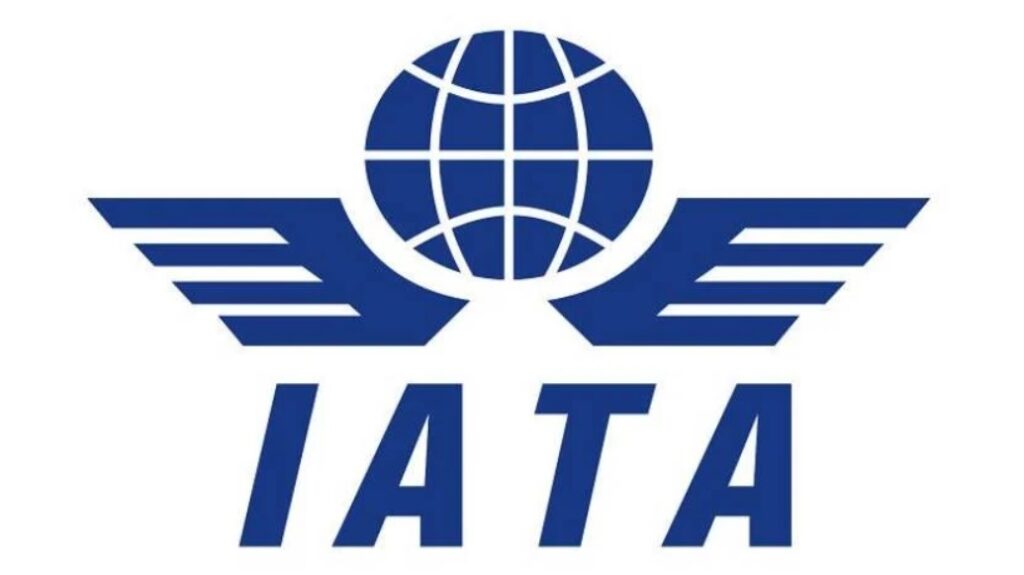Is a Return to Airline Profitability in 2023 Possible?
Kevin Rozario
July 27, 2022

by Kevin Rozario (London, United Kingdom)
| Airline profitability predictions for 2023 may be a touch optimistic as the IMF warns of a looming global recession. |
While airline group International Air Transport Association (IATA) recently upgraded its outlook for the industry’s 2022 financial performance, thanks to faster-than-expected recovery from the Covid-19 crisis, aviation remains in a perilous state.
 IATA says that airline industry losses will reduce to $9.7 billion which is better that the previous forecast which was closing in on $12 billion. These figures are significantly better than the losses of 2020 and 2021 which were $138 billion and $42 billion respectively.
IATA says that airline industry losses will reduce to $9.7 billion which is better that the previous forecast which was closing in on $12 billion. These figures are significantly better than the losses of 2020 and 2021 which were $138 billion and $42 billion respectively.
“Airlines are resilient. People are flying in ever greater numbers. And cargo is performing well against a backdrop of growing economic uncertainty,” said Willie Walsh, IATA’s Director General, at the end of June. “Profitability is on the horizon for 2023. It is a time for optimism, even if there are still challenges on costs, particularly fuel, and some lingering restrictions in a few key markets.”
Keeping Costs Under Control
The association’s outlook was revised principally because airlines had managed to keep costs under control, as the industry ramped up this year. Airlines held costs to a 44% increase while revenues increased 55%.

Khair Mirza: “What seems to be the trend is that well-capitalized carriers, or well-supported national carriers, have done less badly than privately capitalized airlines.”
“As the industry returns to more normal levels of production and with high fuel costs likely to stay for a while, profitability will depend on continued cost control,” said Walsh. “And that encompasses the value chain. Our suppliers, including airports and air navigation service providers, need to be as focused on controlling costs as their customers to support the industry’s recovery.”
But there remain a number of other headwinds: from labor shortages to flight cancellations – both of which are partly the result of slashing costs – and the loss of consumer spending power due to inflation just as air fares are going up.
So is the profitability forecast a bit optimistic or will it be more nuanced? Khair Mirza, Regional Director at Modalis Infrastructure Partners, discussed the situation with the Malaysian business station BFM. He said: “Travel levels have returned or even surpassed pre-pandemic levels in some hubs, for example in Turkey and the US. What seems to be the trend is that well-capitalized carriers, or well-supported national carriers, have done less badly than privately capitalized airlines.”
Low-cost Versus Full-service
With low-cost airlines generally relying on private investment and funding, Mirza commented: “Leisure has suffered a little bit more than other forms of travel, and the low-cost carrier model has been more vulnerable during this period of time. Some full-service carriers also had very robust cargo capacity and that has helped them. It is nuanced from market to market.”
The general trend seems to be that full-service carriers with good cargo capacities did better. But Mirza warned: “I would hesitate to apply that to the whole industry moving forward as there are many other elements in the value chain that will have an impact on winners and losers.”
Mirza also contrasted approaches in Asian markets leading to different outcomes. For example, in Thailand the state has pulled back a little, allowing private carriers more options to take up capacities. “The reverse has happened in Singapore where the national carrier has taken most of the rebound in capacity,” he said. “Between Thailand, Malaysia and Singapore you have a whole spectrum of different outcomes.”
For the full radio interview please click here.
